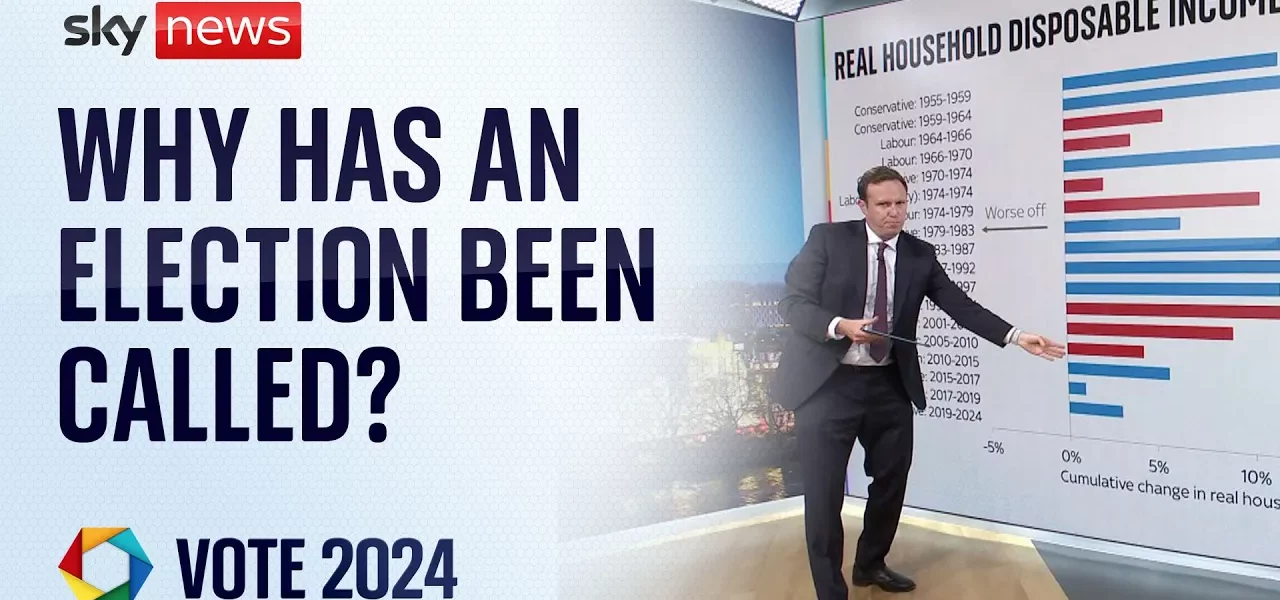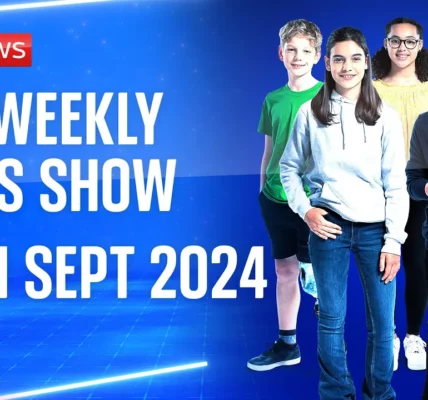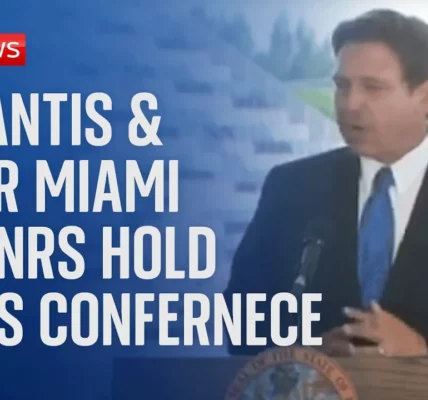The Economic Landscape Ahead of the UK Election

This article delves into the current economic conditions in the UK, focusing on inflation rates, household disposable income, GDP growth, and the tax burden. With the upcoming election, understanding these factors is crucial for voters.
Introduction
The state of the economy plays a significant role in shaping political landscapes, especially during election periods. As we approach the upcoming election in the UK, various economic indicators prompt discussions among policymakers, analysts, and the public. This article aims to explore the recent developments in inflation, the cost of living, GDP growth, and tax policies, providing insights into their implications for the electorate and the government.
Understanding Inflation Trends
Inflation has been a pressing issue in the UK, especially in light of the recent cost of living crisis. The latest inflation rate stands at 2.3%, a notable decline from previous double-digit levels. This decrease is seen as a positive development, aligning more closely with the Bank of England’s target.
The Cost of Living Crisis
The term “cost of living crisis” reflects the significant increase in prices that consumers have experienced. Despite the recent decline in the inflation rate, many individuals feel the impact of prior price hikes. The cumulative effect of inflation has led to a 20% increase in prices over recent years, posing challenges for households trying to adjust their budgets.
Wage Growth vs. Inflation
While wages have seen a rise of approximately 10%, this increase does not fully offset the impact of inflation. The disparity between wage growth and rising prices leaves many families in a precarious financial situation, as they struggle to make ends meet amidst ongoing economic challenges.
The Implications of Interest Rates
Interest rates are another critical factor influencing economic conditions and voter sentiment. Prior to the recent inflation data release, there was speculation about a potential cut in interest rates by the Bank of England. However, the inflation figures came in higher than expected, leading to a decrease in the likelihood of a rate cut.
Market Reactions
Market analysts had predicted over a 50% chance of an interest rate cut in June. However, following the latest inflation data, this probability plummeted to under 12%. Such fluctuations indicate the sensitivity of economic forecasts to changing data and highlight the delicate balance the government must maintain.
Economic Growth and Household Income
The UK’s economic growth has seen fluctuations, with recent data showing a growth rate of 0.6%. This growth is one of the fastest in the G7, signaling a recovery from previous recessions. However, the question remains: do households feel better off?
Household Disposable Income Trends
Historically, households have experienced increases in disposable income during parliamentary terms. However, current projections indicate a decline in real household disposable income, marking a significant shift compared to past trends. This is particularly concerning for the current government as it prepares for the upcoming election.
Comparative Analysis with Past Parliaments
In examining previous parliaments since the 1950s, each has generally seen a rise in disposable income. The current parliament, however, is poised to be the first in which disposable income is projected to fall. This stark contrast presents a formidable challenge for the incumbent leaders.
The Tax Burden and Future Considerations
Taxation remains a contentious issue in UK politics, especially as the government grapples with the highest tax burden since 1949. The rising tax rates are attributed to pandemic-related expenditures and surging energy prices, leading to concerns among voters.
Government’s Tax Policies
The current administration has been labeled a “tax-raising government,” a title that may not resonate well with constituents. As tax rates continue to rise, understanding the government’s proposed fiscal policies becomes increasingly critical.
Anticipated Political Strategies
With the election approaching, both the Conservative and Labour parties are expected to present their fiscal strategies. Voters will be looking for clarity on how each party plans to address taxation and economic recovery moving forward.
Conclusion
The economic landscape ahead of the UK election is marked by significant challenges and opportunities. With inflation rates stabilizing, albeit at a concerning level, and household disposable income projected to decline, voters face critical decisions. As political parties prepare their manifestos and economic plans, it will be essential for citizens to stay informed and engaged in the upcoming discussions surrounding the economy.
For more detailed analyses and updates on the economy and political landscape, be sure to check out our related articles on economic trends and UK political analysis.
“`




